Set up a Hindu Puja Altar
Puja is both the act of worship and the altar or space for the images to be worshipped. Puja is always given a special place in a room, and many different sacred items can be kept on the puja and used during worship like Murtis(Statues), Incense, Meditation Oils, Chanting Books or Chalisas, and Sacred Items.
Every object associated with the ritual of Puja or worship is symbolically significant.
Requirements:
- A small bench or a wooden table, or a cardboard box covering an area no larger than 36' x 24' and about 15' to 24' tall is adequate. The size can vary if you wish to arrange more or fewer pictures and/or statues on the surface. Remember that you should be able to see the items on the altar and have easy access to make offerings during the worship
- Place the table (or box) against a wall, cover it with a clean cloth, preferably white, and secure the same by tucking it under so that it won't slip off easily. Tape it if necessary such that the tape is not visible.
- The statue or image/picture of the deity, which is called 'Vigraha' (Sanskrit: 'vi'+ 'graha')means something devoid of the ill effects of the planets or 'grahas', must also be arranged on the altar in a way that it leans against the wall.
- Prepare one or two lamps with cotton wicks soaking in oil. Place the lamp/s about 6' in front of the picture if it is one lamp, or about 10' apart if two lamps. The lamp we light represents the light in us, that is the soul, which we offer to the Absolute. Do not light these until you are ready to begin the puja.
- Prepare a worship plate (stainless steel, silver or any other metal) by placing on it small vessels (cup-like, preferably metallic) of kumkum (vermilion), turmeric, one packet of camphor, sandal paste, a dozen agarbatti sticks (incense sticks), and a matchbox. The incense we burn collectively stands for the desires we have for various things in life. The vermilion or red powder stands for our emotions.
-
Prepare another plate, 12' or 24' diameter, metallic or wicker and put a variety of fruits (bananas, apples, oranges, etc.) and a couple of varieties of leaves and flowers. The flower that we offer to the deity stands for the good that has blossomed in us. The fruits offered to symbolize our detachment, self-sacrifice and surrender
You will need an aarti plate. This can be a small plate with a few vertical wicks soaking in oil or ghee or an aarati receptacle with a few wicks soaking in oil or ghee - You will also need a small cup of akshata (raw unbroken rice).
- Covered dishes of your favourite prasaadam or sweets may be placed in front of the altar on the cloth-covered ground. A metallic vessel large enough to contain a couple of mugs of water should be filled with water and placed in front of the altar. You will need a smaller vessel, preferably a metallic straight-walled tumbler, into which water will be poured during the service.
- A dispenser (called uddharana or a simple metallic spoon) to dispense water from the tumbler will be needed. You will need a piece of cloth, white for a male deity and colourful cloth for a Goddess.
- Now you are ready to begin. Light the lamps and a couple of agarbattis. Keep them safely in the vicinity such that they present no hazard. Direct the agarbatti smoke towards the altar such that the smoke does not cause discomfort with chanting by the assembled.
- You must realize that in a few moments, you will be invoking and receiving a godhead, and therefore the principal mood should be one of joy and bhakti, but the mind should be relaxed. Make sure nothing starts until you are certain that a pleasant, sincere, reverential, relaxed environment is created to fill you with joy as you begin to surrender to the Godhead through worship.


-in-Astrology.jpg)

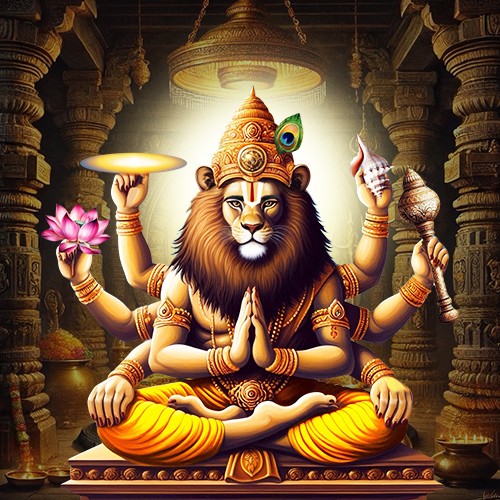
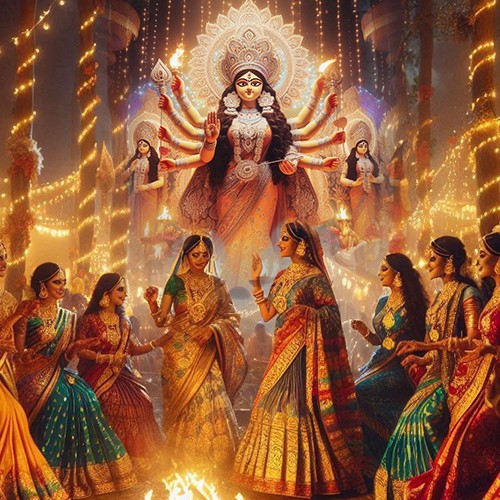
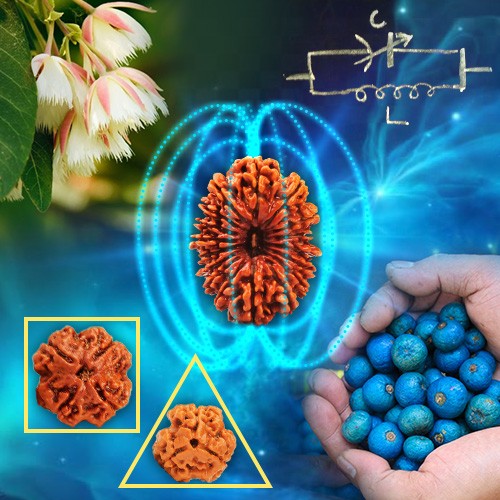

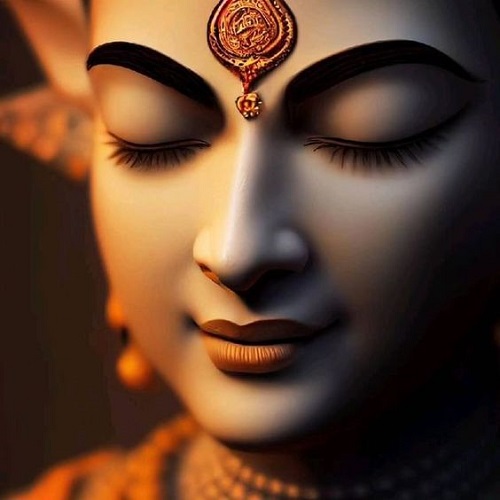
.jpg)
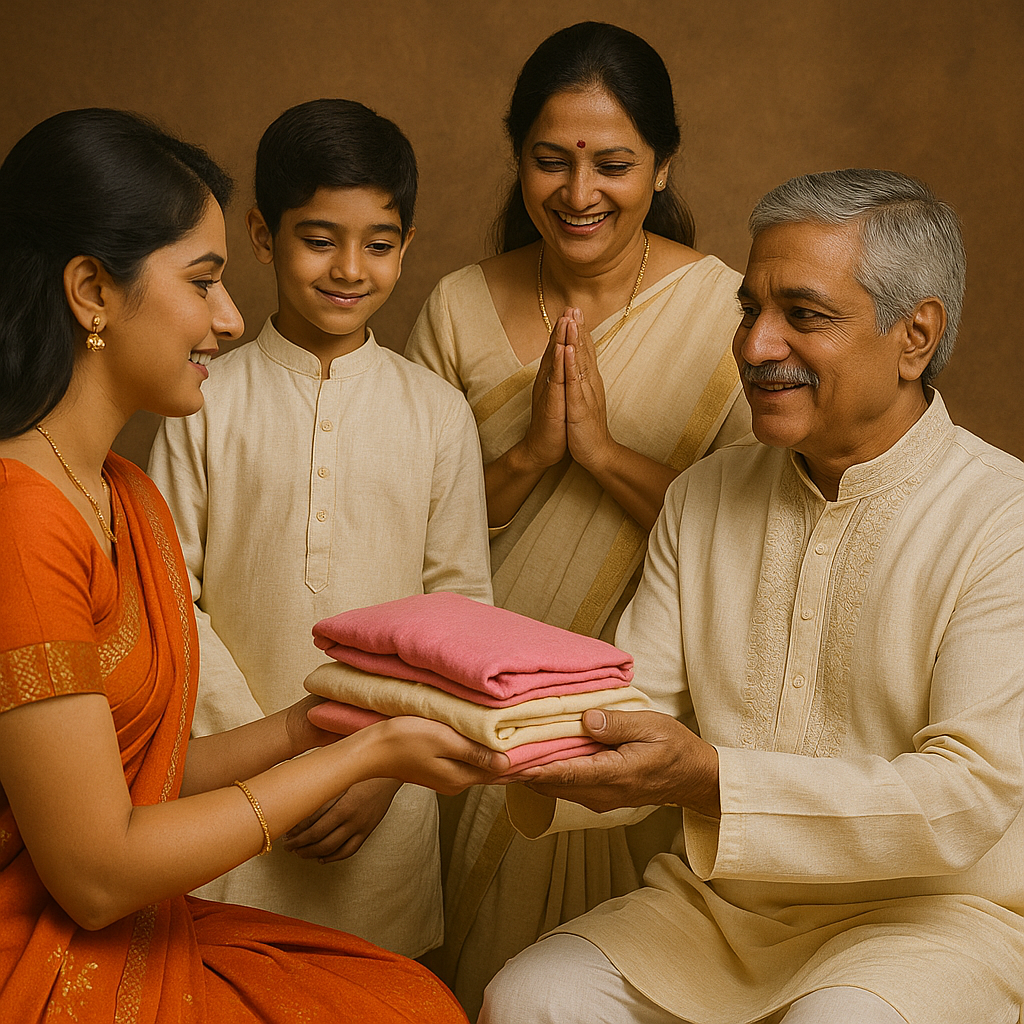
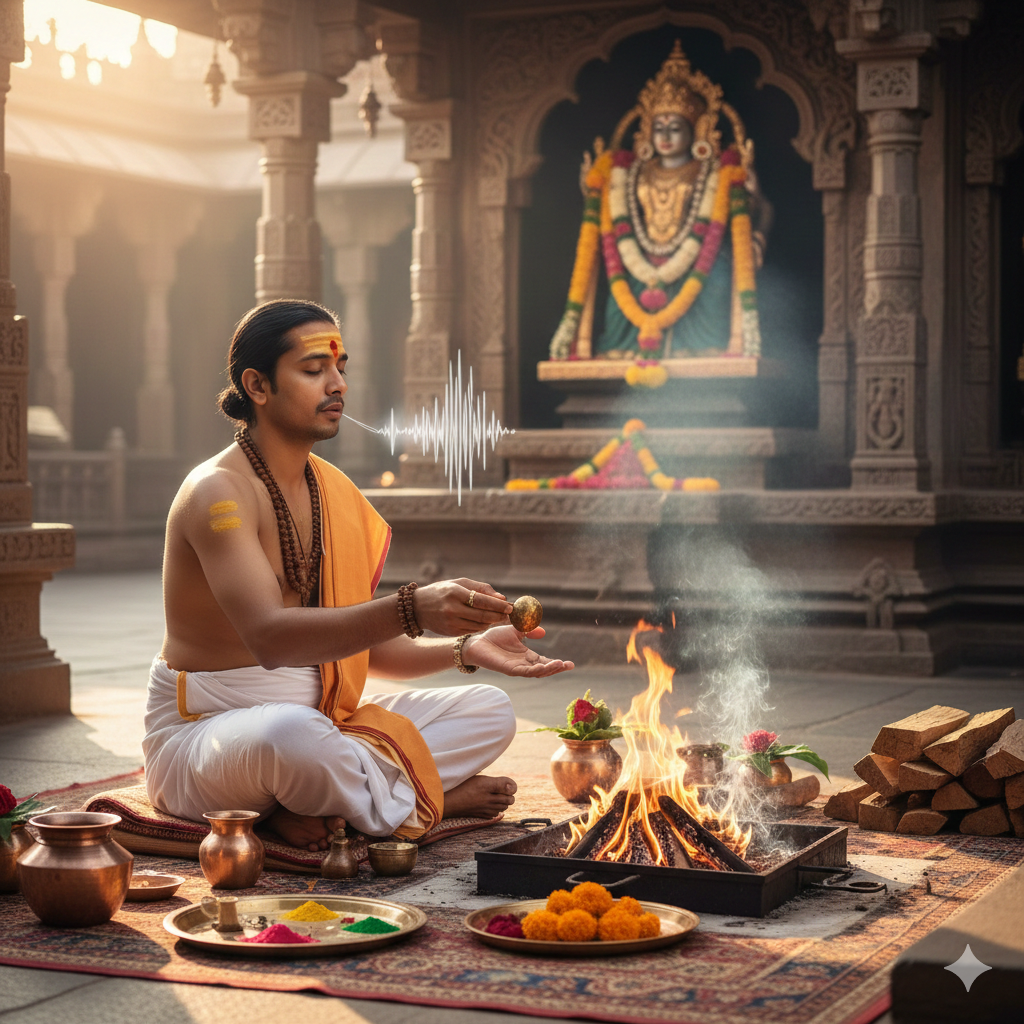

Stina Curtis Reed
|March 12, 2024
Thank you so much for the detail and spiritual meaning and simplicity. It's been a long time before I've prioritized setting up an altar.